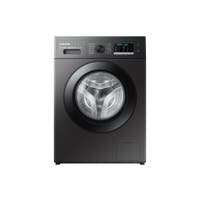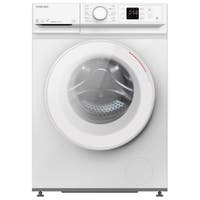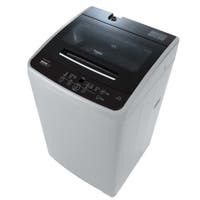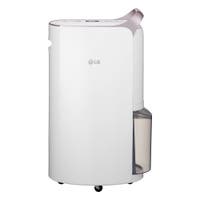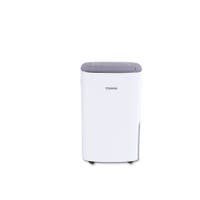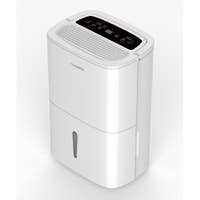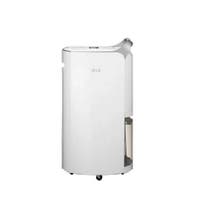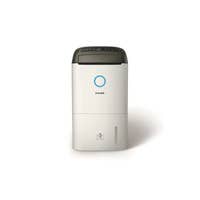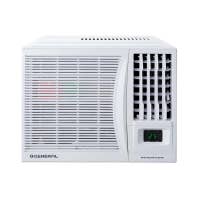Energy Saving
Choose which delivery location serves you best, click Start Shopping
請選擇您的送貨地區及立即開始購物
Register now to enjoy Broadway member goodies
立即登記成為百老滙會員,即可享各項驚喜禮遇
This product is currently not available in your region


When using a washing and drying machine, we can follow some tips to save energy. Firstly, we should choose the appropriate washing mode. Selecting the right program based on the material type, dirtiness, and needs can improve efficiency. Additionally, we can utilize the "energy-saving" program whenever possible, as it reduces energy consumption.
Furthermore, if there is a cold water wash function available, it is advisable to use it as hot water requires more energy. Moreover, we can make an effort to fully utilize the machine's capacity by loading it with a full load of laundry, reducing the number of washing cycles and saving energy.
Finally, we can try to air dry clothes as much as possible, minimizing the use of the drying machine. Utilizing sunlight for drying not only saves energy but also helps preserve the quality of the clothes. These tips can help us save energy when using a washing and drying machine, benefiting both the environment and resources.
Opt for appliances with a first-grade energy label for even more energy savings. (Energy-saving tip: Wash the machine only when it is full of clothes. The washing machine consumes the same amount of electricity when it is half full or fully full.)
Dehumidifier
When using a dehumidifier, there are some important considerations to keep in mind. Firstly, avoid using it unattended. It is crucial to have someone present to monitor the dehumidifier while it is in operation to prevent potential safety issues. Secondly, it is advisable to refrain from using the dehumidifier while sleeping at night to avoid noise disturbance and ensure a restful sleep. If the dehumidifier is not in use, remember to turn off the power to save energy and prolong its lifespan. Lastly, make use of the timer function to set the dehumidifier to automatically shut off at a specific time, providing convenience and energy savings. Let's be mindful of these points when using a dehumidifier to create a comfortable living environment.
Dehumidifier with a first-grade energy label. (Energy-saving tip: Choose a dehumidifier with automatic dehumidification mode to avoid wasting energy.)
Air conditioner
Pay attention to the cooling load as it affects power consumption, including factors such as environmental humidity, room size, window orientation, air leakage from doors and windows, operation of exhaust fans, indoor appliance usage, and the number of people indoors. Running the air conditioner for extended periods or setting the temperature below 27 degrees Celsius increases the cooling demand.
The dehumidification mode is more energy-efficient, especially during spring or early summer seasons. Using this mode can save electricity. In dehumidification mode, the air conditioner operates with lower fan speed, and the fan and compressor alternate to effectively dehumidify the air.
Use a fan to accelerate cooling. Running the air conditioner and an electric fan simultaneously can direct the cool air towards the occupants, allowing for a higher temperature setting on the air conditioner and saving electricity.
Regular cleaning and maintenance are crucial. It is recommended to clean the air conditioner's air filters, intake vents, and air outlets every two weeks. Additionally, professional technicians should inspect, maintain, and repair the unit regularly.
Electricity consumption can affect the cost per unit. Pay attention to the overall household electricity usage, as high consumption can lead to increased electricity costs per unit.
Air conditioner with a first-grade energy label. (Electricity-saving tip: In summer, adjust and maintain the air conditioner room temperature at 24 to 26 degrees Celsius.)
-
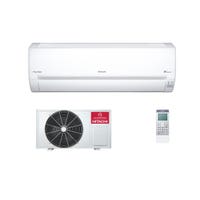
HITACHI RAS-DX10CWK/RAC-DX10CWK 1HP Frost Wash Inverter & Compact Split-type Air-conditioner
Regular Price HK$6,480HK$5,350 -
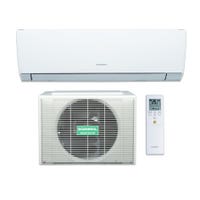
GENERAL AO/ASWX09JETA/CA 1HP Inverter Window Split-type Air-conditioner
Regular Price HK$6,990HK$5,530 -
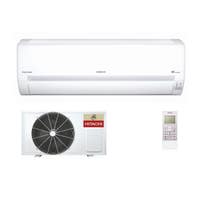

HITACHI RAS-DX10HNK/RAC-DX10HNK 1HP Frost Wash Inverter Heating & Cooling Compact Split Type Air Conditioner
Regular Price HK$6,980HK$5,490 -
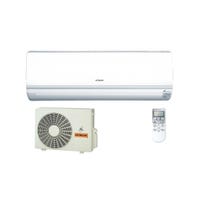
HITACHI RAS-X18CCK / RAC-X18CCK 2HP Inverter Cooling Type Split Type Air Conditioner
Regular Price HK$9,980HK$8,050




